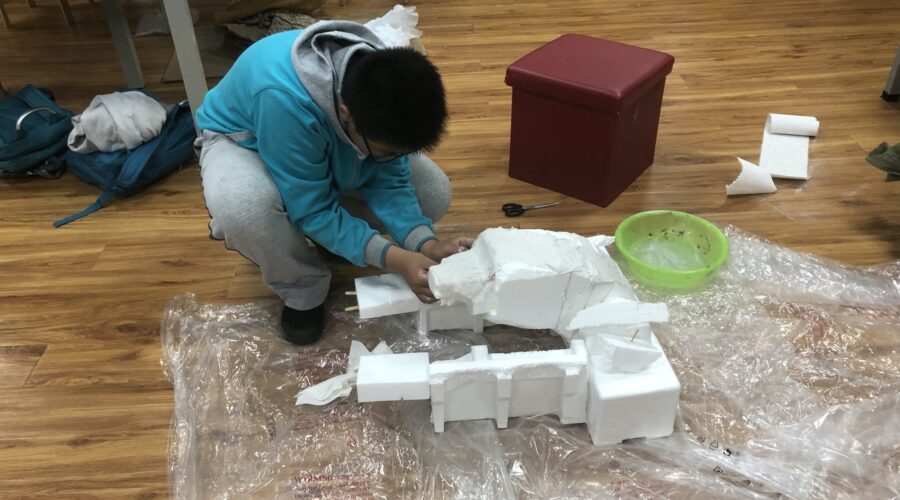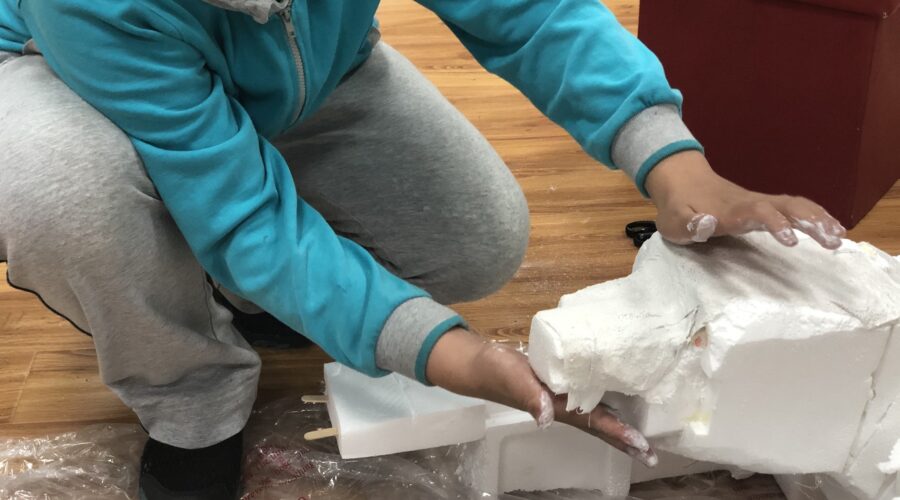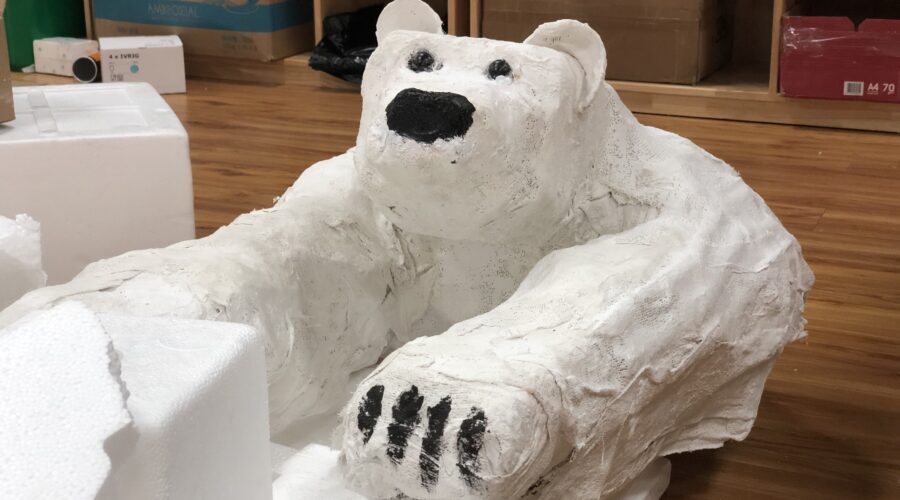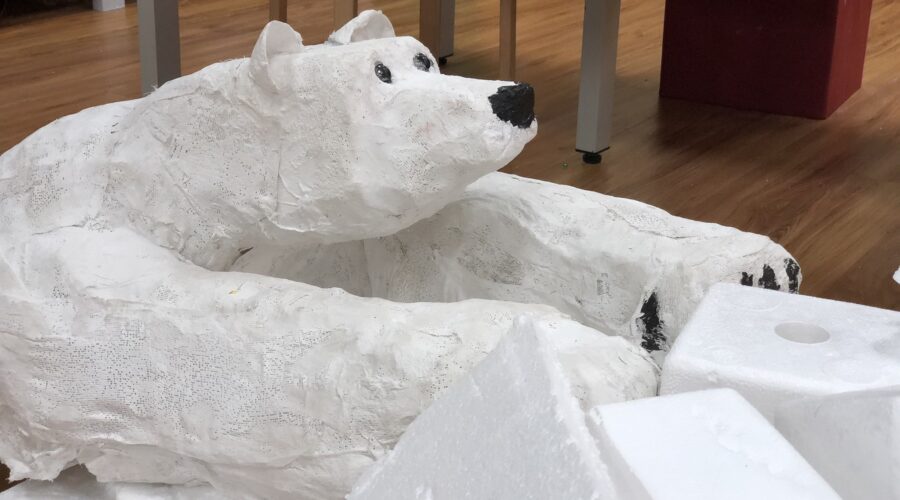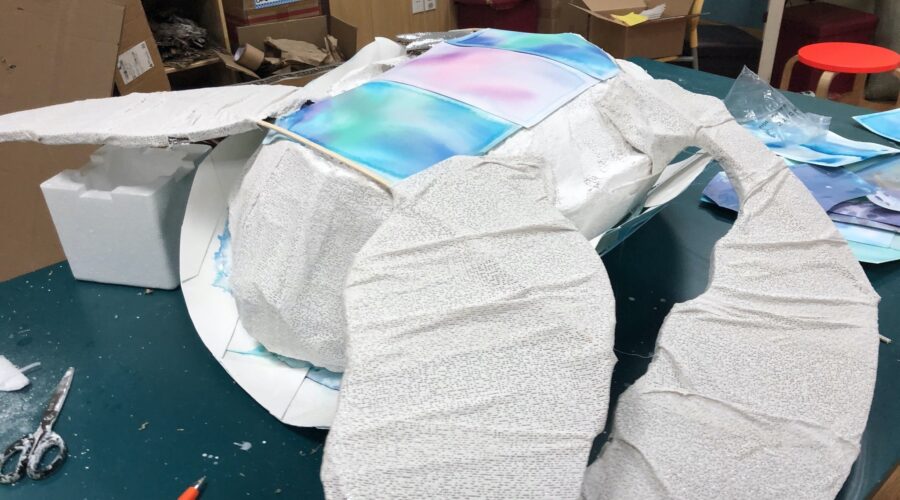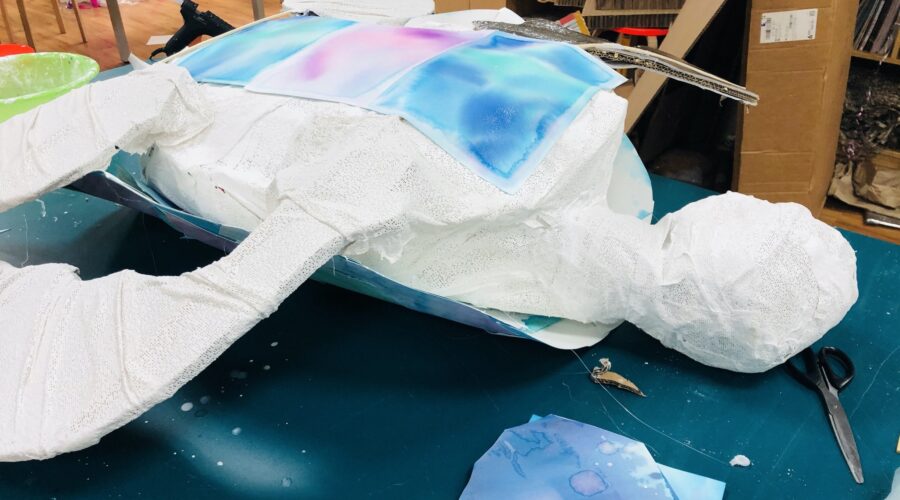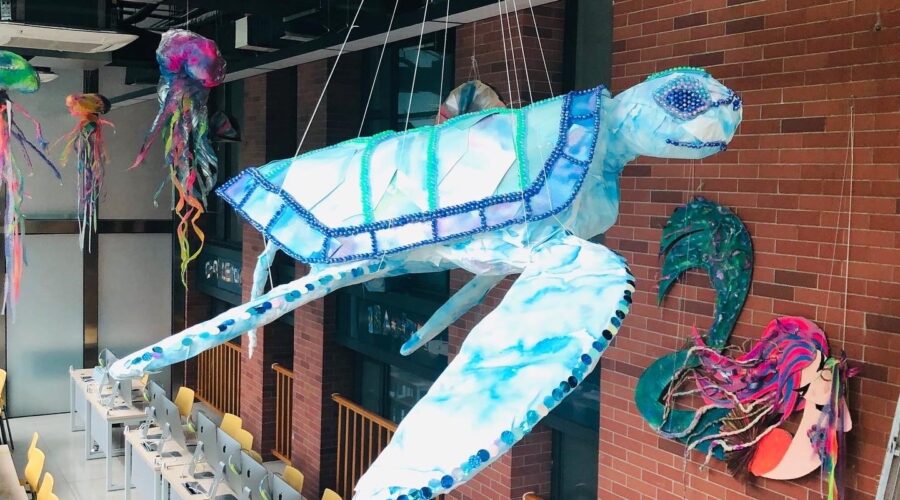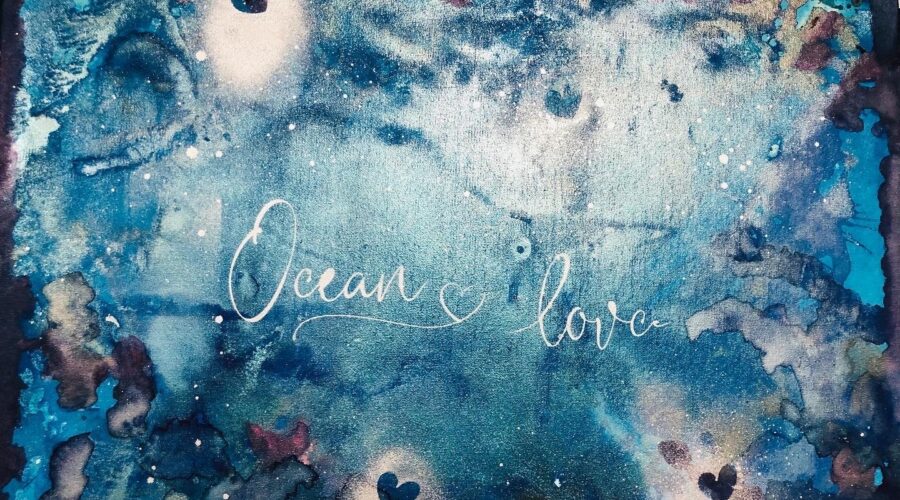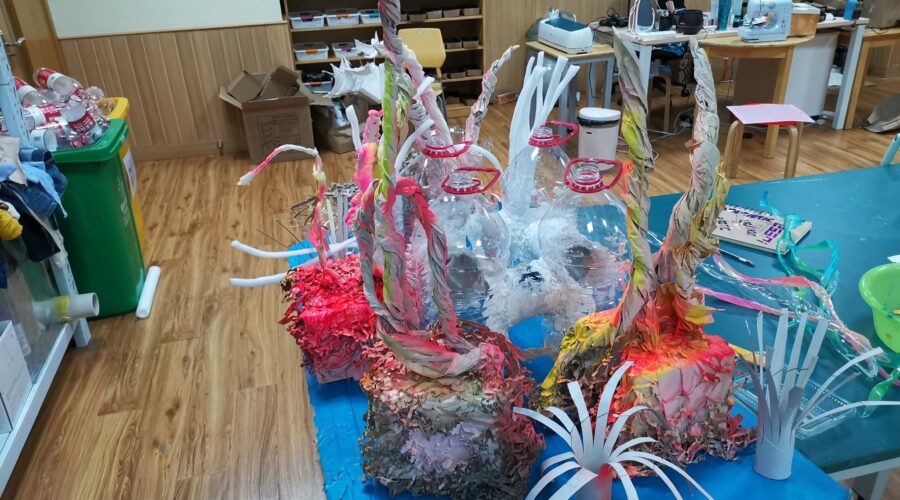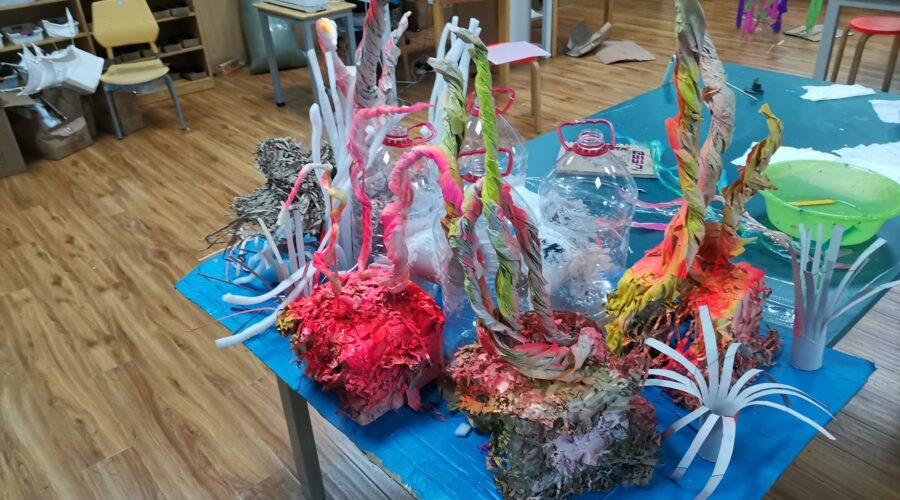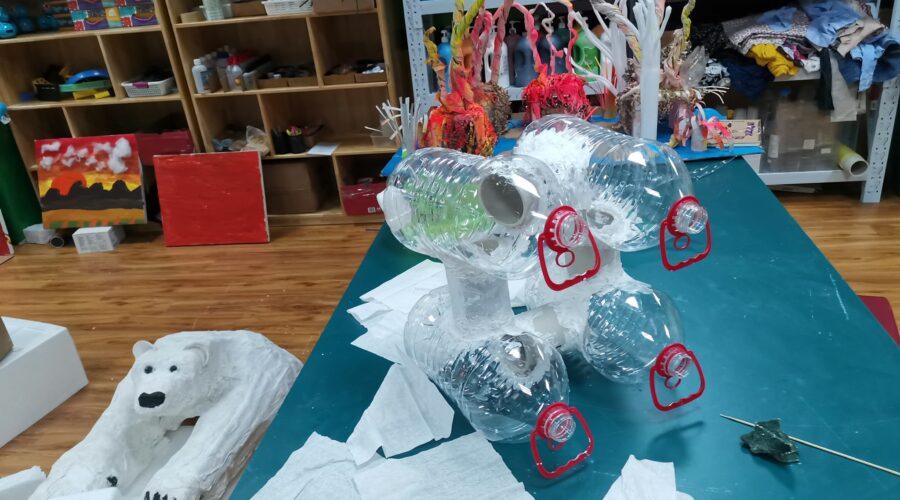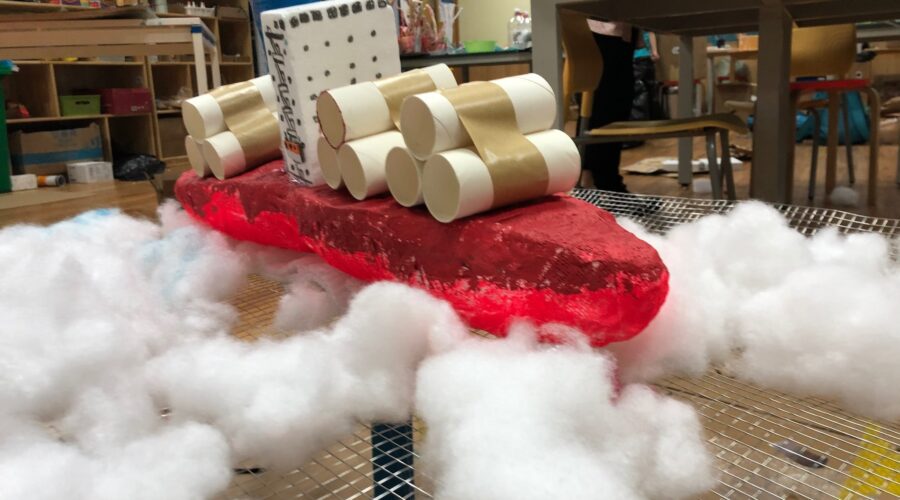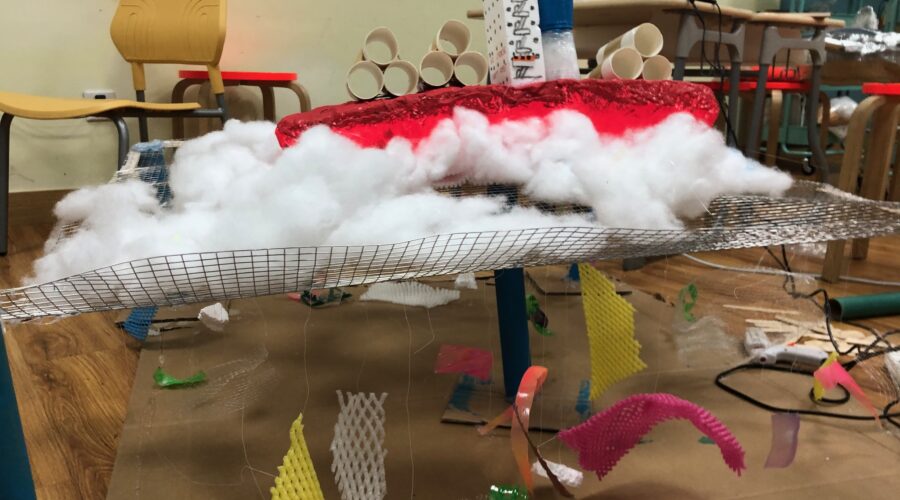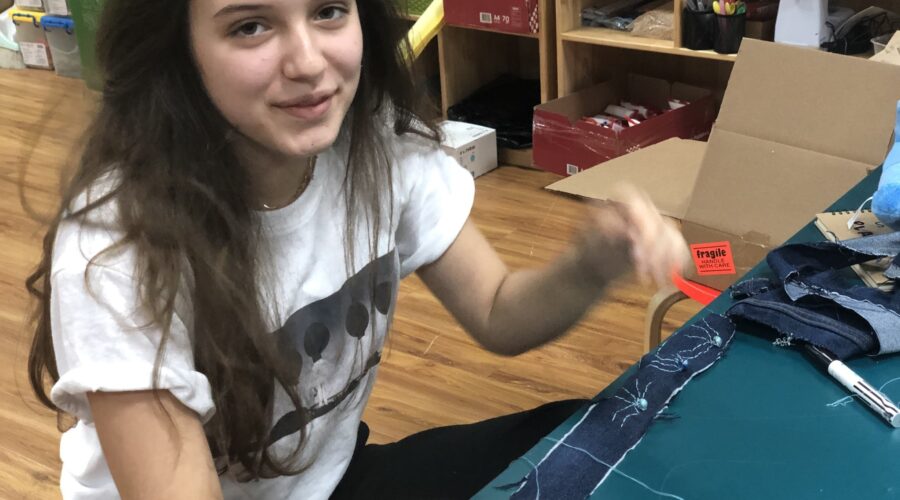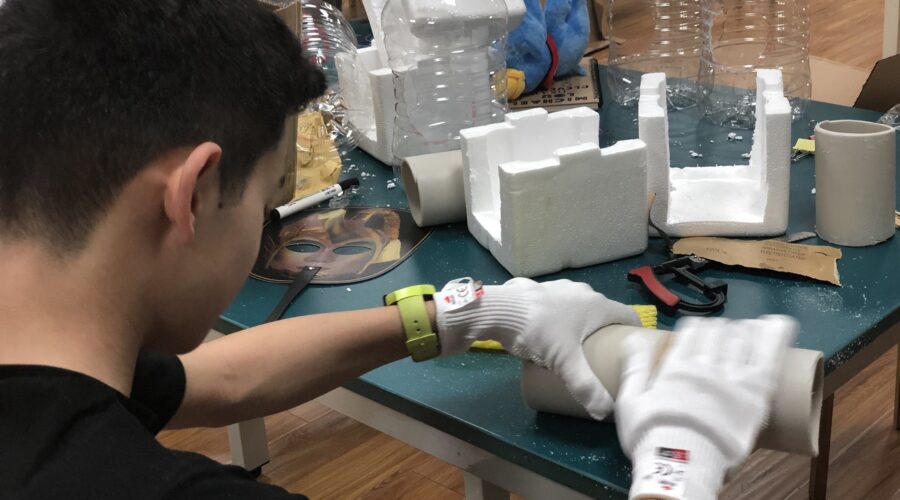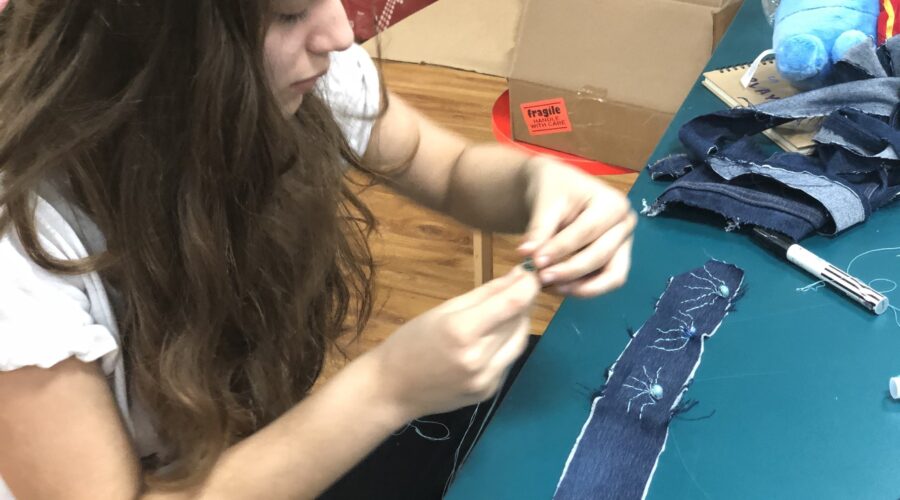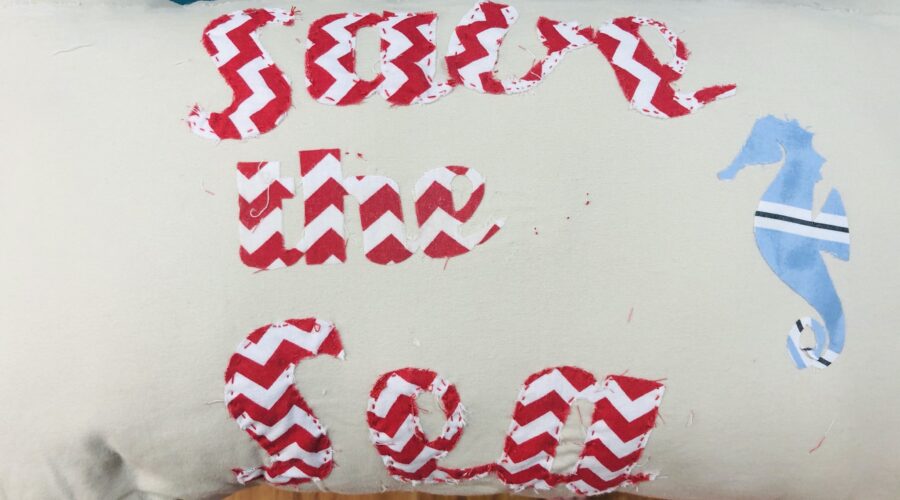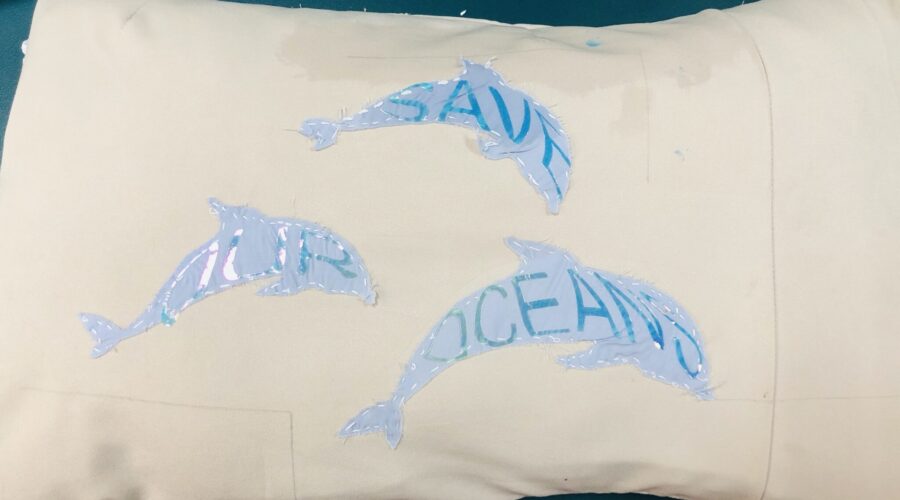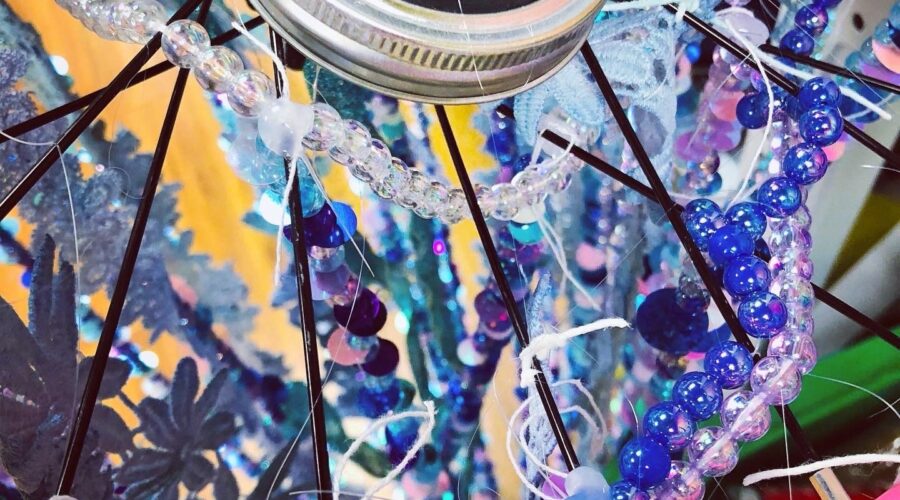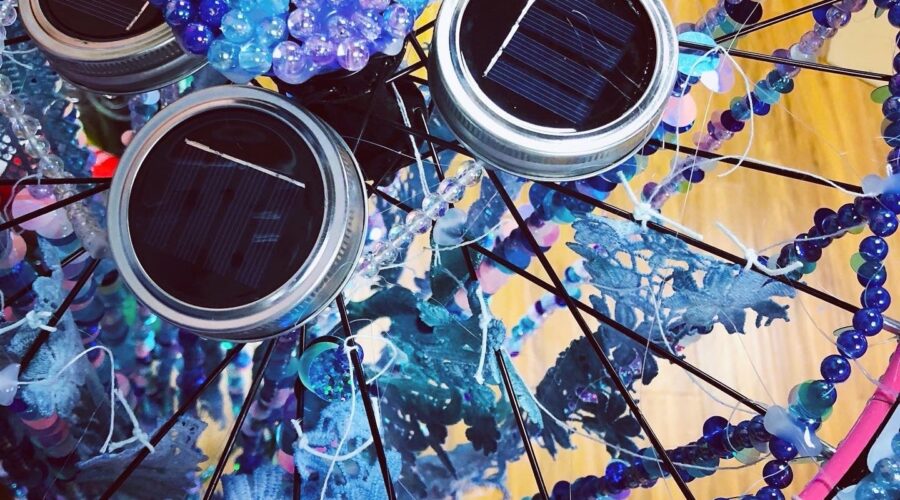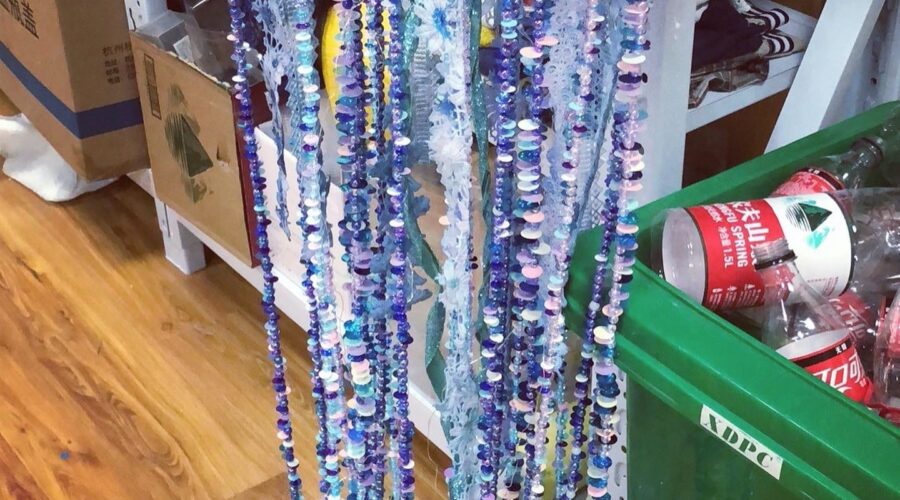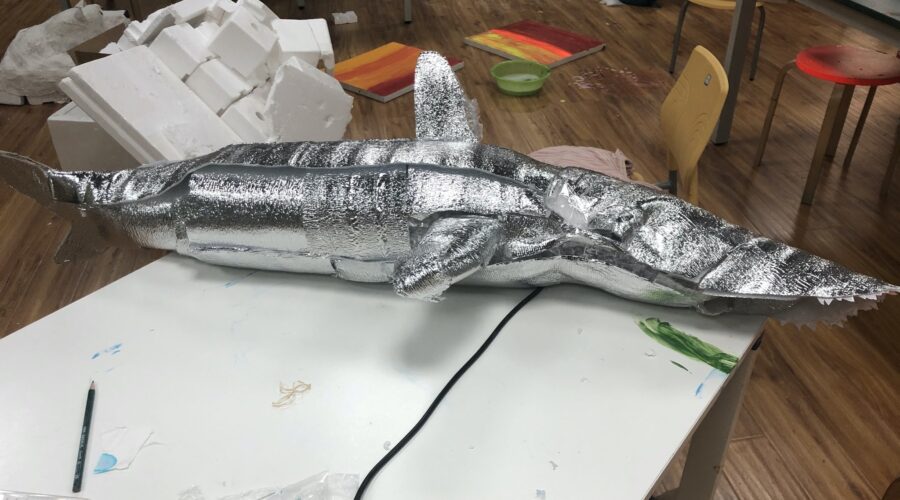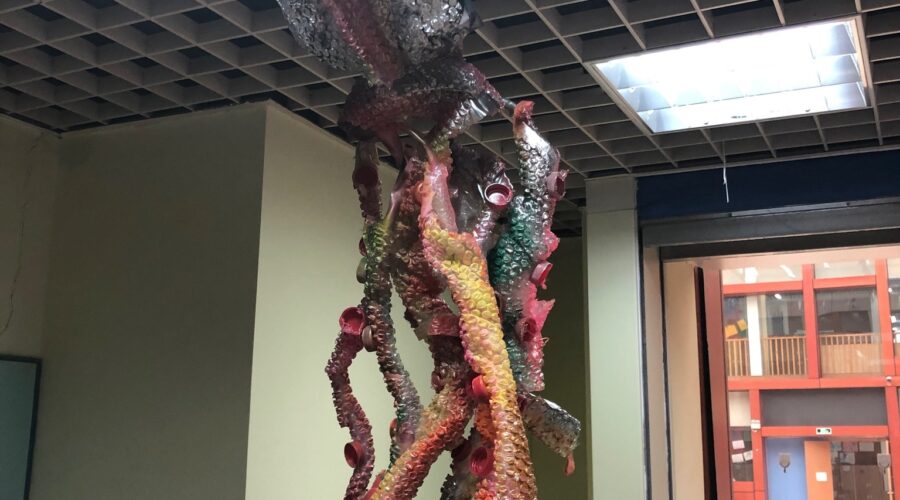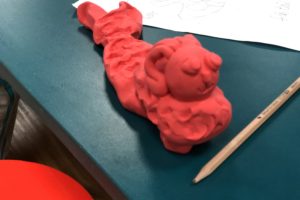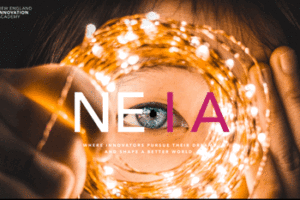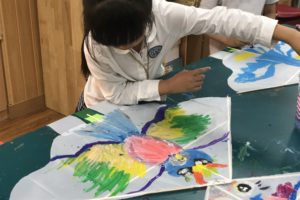Designing for the Future at WIS
“Design thinking brings the International Baccalaureate’s mission – to develop inquiring, knowledgeable, and caring young people who create new ideas to solve real-world issues – to life. ”
You will find that children have varying interests and talents right from the younger years. It is possible to build design thinking around those things that the kids have an interest in and incorporate the curriculum into the overall mode of thinking.
At Wahaha International School, we include Design into our PYP Program with STEAM-based elements to build on these innovative ideas throughout their IB Years.
Design thinking is used to enhance the learning experience and outcomes among children. This kind of thinking involves a fluid, interactive, and dynamic approach to solving problems. Young children especially are masters of imagination and intuition. They have not been exposed to stereotypes and corrupted knowledge that tends to kill creativity in adults. In fact, it is easy to incorporate design thinking into their natural way of learning. Young learners tend to be creative and are also inquisitive. In a learning environment, they will ask questions that are beyond their level of thinking.
The basics of design thinking involve discovering, empathizing, experimenting, and producing results. (DEEP). The actual process requires empathy, defining, ideating, creating, prototyping, and testing. Teachers should be at the forefront to grow this DEEP thinking methodology among the young kids and make the classroom experience a theater for innovation, creativity, imagination, and intuition.
In the MYP Design program at WIS we guide the students towards understanding and applying both creative and critical thinking skills. By teaching them these skills, it prepares them to tackle real-life problems using the design thinking process. Students in our MYP program learn how to properly use a variety of tools such as the Adobe Creative Suite, laser cutters, 3D printers, robotics as well as Cricut machines and other hands on-technology. With these tools, they can create multi-dimensional projects that demonstrate their depth of learning by thinking critically and creatively.
Students learn best when they can engage with a lesson in more than one dimension.
- Help children discover their own ability to make things.
- Get students thinking critically about how a 2D design translates into a real-world object.
- Enable rapid prototyping in Engineering classes.
- Help students achieve that elusive “Wow – I made that” moment.
The upcoming year students will be venturing into creating new technology to make agriculture more efficient, sustainable, and environmentally friendly working with vertical growing techniques and establishing a creative greenhouse with inspiration from Disney’s Living with the Land greenhouse. The Innovation Lab contains a variety of technology and equipment where students will be getting hands-on experience working with woods and other materials such as resin to develop products based on the needs of consumers in Hangzhou.
The students are currently working on a sustainability project where they are demonstrating through recycled materials and design how animals are directly affected through pollution for Ocean Conservancy Month. Stay tuned to see these fantastic multi-dimensional projects when they’re completed this month.


